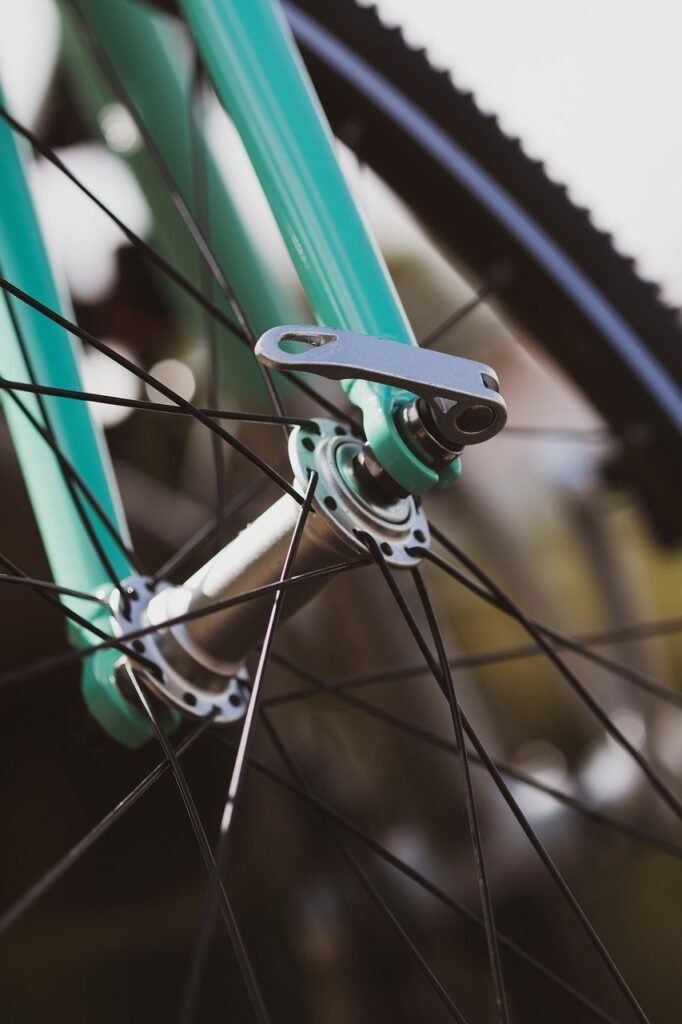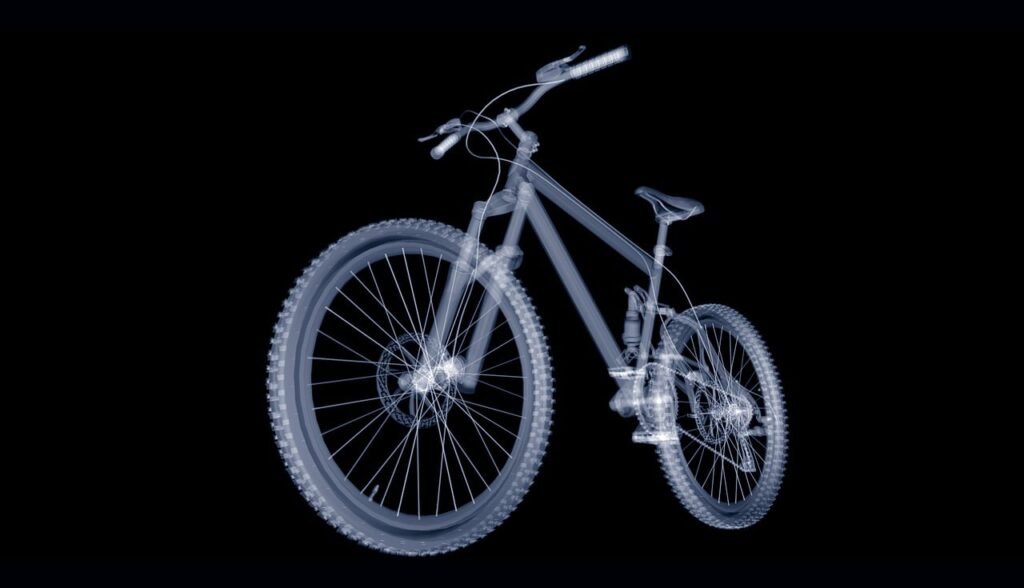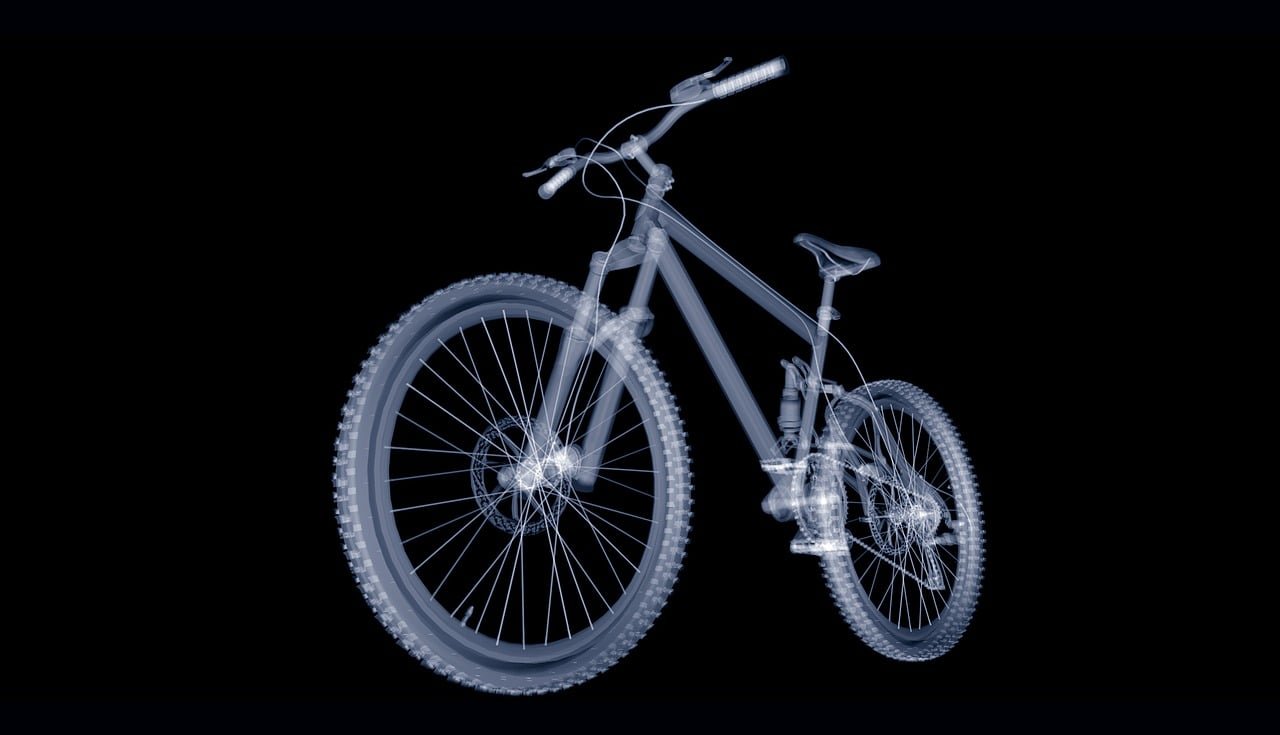Mastering Bicycle Gear Selection: A Guide for Beginners
Are you a beginner cyclist looking to master bicycle gear selection?
If you’re just starting out in the world of cycling, one of the most important things you need to understand is how to properly select and use your gears. Don’t worry, it may seem overwhelming at first, but with a little guidance and practice, you’ll be shifting gears like a pro in no time!

This image is property of pixabay.com.
Understanding the Basics of Bicycle Gears
Let’s start with the basics. In simple terms, a bicycle gear is a combination of chainrings and cogs that work together to help you pedal efficiently at various speeds and terrains. Understanding how to select the right gear for your current riding conditions can make a huge difference in your overall cycling experience.
The Importance of Gear Ratios
Gear ratios play a crucial role in how easily you can pedal your bike. A higher gear ratio means you’ll pedal harder but go faster, while a lower gear ratio allows for easier pedaling but at a slower speed. Learning how to choose the right gear ratio for different situations will not only improve your performance but also prevent unnecessary strain on your muscles.
How to Calculate Gear Ratios
To calculate gear ratios, simply divide the number of teeth on the front chainring by the number of teeth on the rear cog. For example, if your chainring has 40 teeth and your rear cog has 20 teeth, your gear ratio would be 2:1. Experiment with different gear ratios to find the one that works best for you based on the terrain and your fitness level.
Understanding Gear Terminology
Now that we’ve covered the basics of bicycle gears and gear ratios, let’s dive into some common gear terminology that you’ll come across as you continue to explore the world of cycling.
Chainrings
Chainrings are the front gears on your bike that are attached to the crankset. Most bikes have two or three chainrings, with the smallest one providing the easiest pedaling (low gear) and the largest one offering the hardest pedaling (high gear).
Cogs
Cogs, also known as sprockets, are the rear gears on your bike that are attached to the rear wheel. Multiple cogs allow you to shift gears smoothly and efficiently, giving you the freedom to adapt to changing terrain and riding conditions.
Shifters
Shifters are the controls on your bike that allow you to change gears. There are two main types of shifters: grip shifters, which are twisted to change gears, and trigger shifters, which are operated by pushing a lever with your thumb or forefinger. Experiment with both types to see which ones you prefer.
Derailleurs
Derailleurs are the mechanisms that move the chain between chainrings and cogs when you shift gears. Front derailleurs control the movement of the chain between the front chainrings, while rear derailleurs handle the shifting between the rear cogs. Proper adjustment and maintenance of your derailleurs are essential for smooth gear changes.
How to Shift Gears Effectively
Now that you have a basic understanding of bicycle gears and gear terminology, let’s talk about how to shift gears effectively while you’re out on the road.
Anticipate Changes in Terrain
One of the keys to successful gear shifting is anticipating changes in terrain ahead of time. If you know you’re approaching a steep incline, shift into a lower gear to make climbing easier. Conversely, if you’re heading downhill or riding on a flat surface, shift into a higher gear for more speed.
Maintain a Consistent Cadence
Cadence refers to the rate at which you pedal per minute. To maintain a consistent cadence and prevent muscle fatigue, try to pedal at a pace that feels comfortable and sustainable. Shift gears accordingly to keep your cadence steady, especially when faced with changes in terrain or wind conditions.
Shift One Gear at a Time
When shifting gears, it’s important to do so one gear at a time to prevent putting unnecessary strain on your drivetrain. Avoid cross-chaining, which occurs when the chain is at an extreme angle, by using the front derailleur to shift between chainrings before adjusting the rear derailleur to find the right cog.
Practice Makes Perfect
As with any skill, practice makes perfect when it comes to shifting gears on your bike. Take the time to experiment with different gear combinations and practice shifting smoothly and confidently. The more you ride and shift gears, the more comfortable and intuitive it will become.

This image is property of pixabay.com.
Troubleshooting Common Gear Shifting Issues
Even the most experienced cyclists encounter gear shifting issues from time to time. Here are some common problems you may face and how to troubleshoot them.
Chain Skipping
Chain skipping occurs when the chain jumps unexpectedly from one cog to another, usually due to a worn-out chain, cassette, or chainrings. To fix this issue, try cleaning and lubing your drivetrain, replacing any worn-out components, or adjusting the tension of your derailleur cable.
Chain Rubbing
Chain rubbing happens when the chain rubs against the front derailleur or chainring, causing a grinding noise. To eliminate chain rubbing, adjust the limit screws on your front derailleur to ensure proper clearance between the chain and the derailleur cage.
Slow Shifting
Slow shifting can be caused by a variety of factors, such as a dirty drivetrain, worn-out cables, or misaligned derailleurs. To improve shifting performance, regularly clean and lubricate your drivetrain, replace cables as needed, and ensure that your derailleurs are properly adjusted and aligned.
Chain Suck
Chain suck occurs when the chain gets stuck between the chainring and the frame, usually due to a worn-out chain or chainring. To prevent chain suck, replace any worn components, keep your drivetrain clean and well-maintained, and avoid shifting under high load.
Choosing the Right Gear for Different Riding Conditions
Now that you’ve learned the basics of bicycle gear selection and gear shifting, let’s discuss how to choose the right gear for different riding conditions.
Climbing Hills
When climbing steep hills, it’s best to shift into a low gear to make pedaling easier and prevent muscle fatigue. Use a combination of the front and rear gears to find the right gear ratio for the incline, and maintain a steady cadence to keep your momentum going.
Descending Hills
When descending hills or riding at high speeds, shift into a high gear to take advantage of gravity and gain maximum speed. Be cautious when shifting to higher gears to avoid pedaling too fast or losing control of your bike, especially on steep descents.
Riding on Flat Terrain
On flat terrain, you can experiment with different gear ratios to find the right balance between speed and efficiency. Shift into a moderate gear that allows for a comfortable cadence and pedal smoothly to maintain a consistent pace.
Battling Headwinds
When faced with strong headwinds, shifting to a lower gear can help you maintain momentum and pedal against the resistance more effectively. Stay in a lower gear to prevent overexertion and conserve energy while riding against the wind.

This image is property of pixabay.com.
Final Thoughts on Mastering Bicycle Gear Selection
Congratulations! You’ve made it to the end of our guide on mastering bicycle gear selection for beginners. By understanding the basics of gear ratios, gear terminology, and effective gear shifting techniques, you’re well on your way to becoming a more confident and skilled cyclist.
Remember to practice regularly, experiment with different gear combinations, and pay attention to your cadence and pedaling efficiency. With time and experience, you’ll develop a deeper understanding of how to select the right gear for different riding conditions and enjoy a smoother, more enjoyable cycling experience.
So, what are you waiting for? Get out there, hit the road, and start mastering bicycle gear selection like a pro! Happy cycling!

